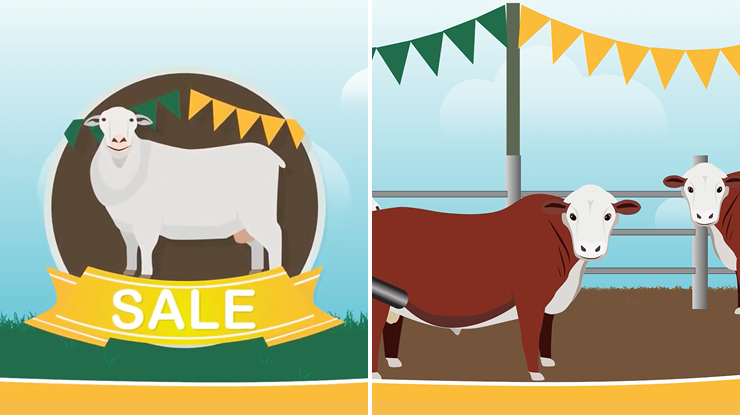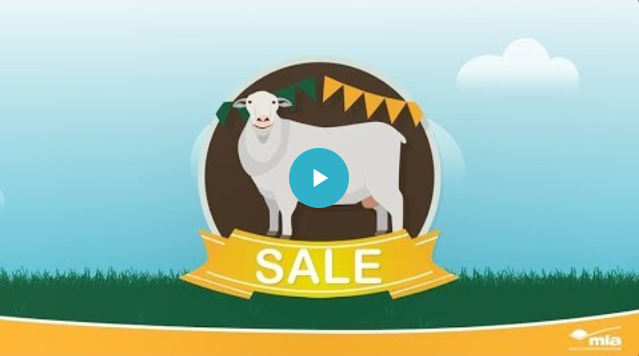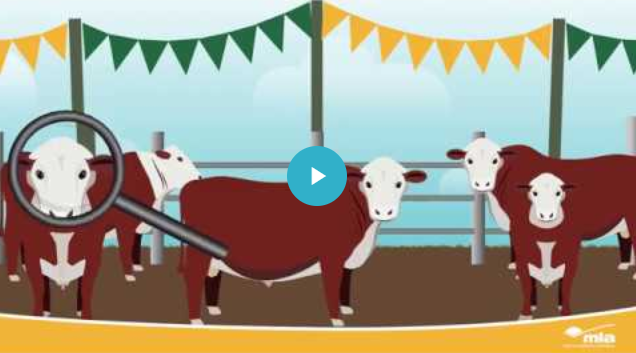
Shopping for a high-performing sire? Here’s a post-sale checklist
Shopping for a high-performing sire starts well before sale day and the success of that purchase ends well after. Sale day itself is also important where sires need to be assessed to ensure they are structurally sound, have good temperament and be reproductively fit.
Before the sale
In the previous article where we looked at the homework to be done before the sire sale that allows you to ‘look under the hoods’ of many sires and objectively select the ones that align with your breeding objective. This list of homework includes:
- identifying your breeding objective
- identifying the relevant selection index and breeding values that align with that objective
- searching for sires that meet your desired indexes and breeding values
- contacting the stud about the sires you’re interested in
- developing your shortlist of sires to view on sale day
- deciding on your budget.
At the sale
With your homework done, you’re freed up to focus on the physical characteristics of your shortlisted sires on sale day. Click here for a sale day checklist so you’re ticking off those sires that meet your structural and temperament assessments and your budget. This includes:
- visually appraising your shortlisted sires
- making a purchasing plan
- bidding on sires on your shortlist that meet your physical assessments and your budget.
After the sale
We now look at a checklist of what to do after the sale, so you make sure your high-performing sire stays in optimal condition.
1. Treat your sire according to your own biosecurity plan.
Practicing sound biosecurity is important for your farm and for the health and fitness of your new high-performing sire. Straight off the truck, treat him according to your own biosecurity plan, which should include an effective quarantine drench.
2. Record the sire’s tag number and appropriate animal movement records.
For your own records, document at minimum his tag number provided by the stud and appropriate animal movement records. This will help you when it comes time to evaluating your sires and identifying the traits you need for the future.
3. Allow six to eight weeks for your new sire to de-stress before joining and check on him frequently in these first few weeks.
To help settle him in, give him his own space and at least one mate to run around with. Avoid shearing, crutching, and excessive handling during this period. Check on him frequently in these first few weeks, keeping a watchful eye on his behaviour, nutrition, health and condition.
4. Feed a high-protein diet prior to joining to ensure he is condition 3.5 at joining.
Providing the adequate diet prior to joining and ensuring good condition will enhance your sire’s reproductive performance. Make sure he's at a condition score of 3.5 at the point of joining.
5. Confirm your sire is working once joining commences by watching him service in the paddock.
Pulling out a sire that is not performing early gives the opportunity to find a replacement sire in the joining period.
6. Conduct annual animal health treatments on your sires. For your bull team, also remember to carry out an annual BULLCHECK prior to joining.
Sires can be injured or break down between use. A sire’s health and fitness is important to deliver good genetics to the herd or flock each year. To ensure reproductive performance, conduct annual animal health treatments and, for bulls, conduct a BULLCHECK, including morphology on your whole bull team prior to joining.





